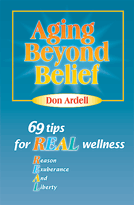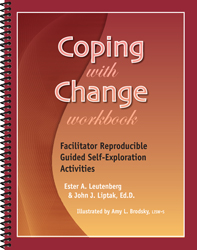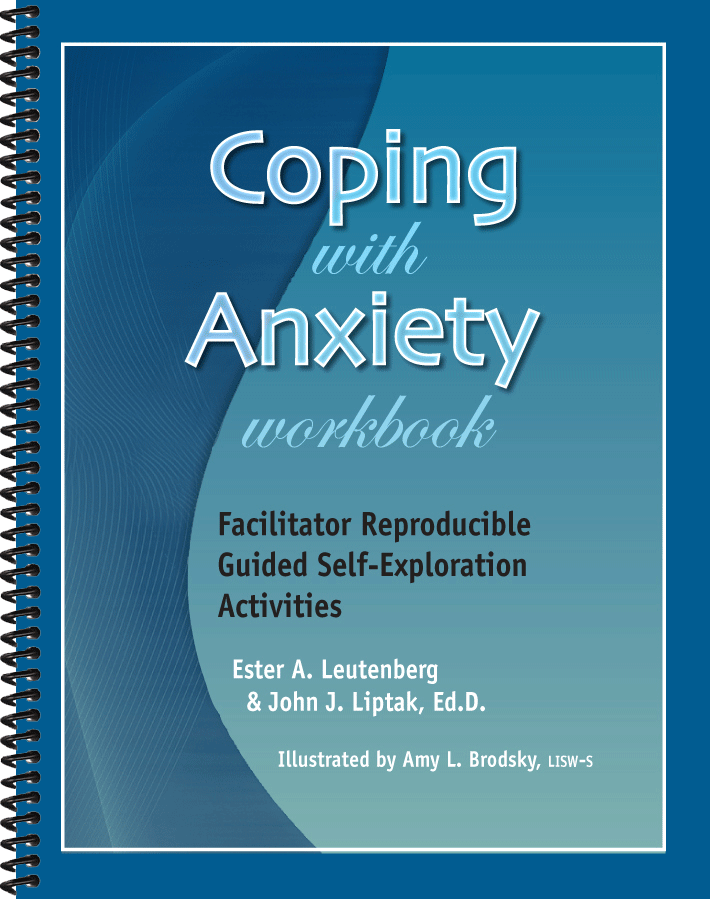 Don Ardell’s tips for aging well are from his book Aging Beyond Belief, 69 tips for REAL Wellness. REAL wellness stands for Reason, Exuberance And Liberty. Don says you can’t buy pills or treatments for REAL wellness−it’s a mindset and lifestyle you control. It’s never to early to let Reason, Exuberance and Liberty be your guide…these tips are for folks of any age. Enjoy.
Don Ardell’s tips for aging well are from his book Aging Beyond Belief, 69 tips for REAL Wellness. REAL wellness stands for Reason, Exuberance And Liberty. Don says you can’t buy pills or treatments for REAL wellness−it’s a mindset and lifestyle you control. It’s never to early to let Reason, Exuberance and Liberty be your guide…these tips are for folks of any age. Enjoy.
TIP 1
Real Wellness
Insist upon reality-based health promotion
Much has been written about the nature, principles and applications of a term made popular in just the past couple decades called “wellness.” Nobody is authorized to make the rules of what it is and what it isn’t, but that is not to say someone ought not to step forward to give it a try. I volunteer.
I began writing about wellness in the 1970s. I was the director of a health planning agency in the San Francisco Bay Area at the time I started learning about a wide range of ideas and principles that would shape what became a modest movement within and then well beyond the medical system. Our planning organization and others like it in metropolitan areas around the country was designed by committees of politicians and health experts over several years to improve health status and to bring order to the health care system.
Alas, two prominent factors kept such agencies from being effective: 1) We had almost no authority, so medical leaders and others who were supposed to be guided by our work paid little attention to the plans we devised for coordinated health care facilities and services; and 2) We were going about it the wrong way. We were trying to change the way the medical system worked. Even if we had succeeded we would not have succeeded! We did not recognize at the time that the way to promote health and save costs was to inform, motivate, convince, inspire, guide and otherwise support people to take better care of themselves and rely less on the medical system.
From this realization came a period of reflection on my part that prompted a career change—from health planner administrator to doctoral candidate and, a few years later, to a life as a writer, lecturer and consultant promoting wellness. To this day, 30 years after publication of my book High Level Wellness: An Alternative to Doctors,
Drugs and Disease (Rodale Press), I believe the wellness concept, if it is the REAL wellness concept, is the most promising approach available to society and to you to boost health status AND save medical costs.
During the formative years of wellness in the 70s and 80s, there were a good number of conferences and seminars, policy papers, scholarly articles, books and so on devoted to the concept that eventually morphed into a wellness movement. Not surprisingly, the wellness concept was given a slightly different spin by nearly everyone who came into contact with it. To this day, variations abound.
What follows is my idea of a wellness mindset, translated into terms suited to everyone who wants to age well. In my view, wellness should be an evidence-based mindset geared to high levels of well- being and life satisfaction. I believe such a lifestyle is associated with countless benefits, if given half a chance. My advice—learn about what wellness can be for you, at it’s best, and don’t even think about aging without it.
Let me mention a few key ideas about wellness and a number of wonderful benefits to get things started.
Wellness is positive. The focus is not on hazards and risks, but rather on satisfactions and pleasures. It is comprehensive, not about just fitness, nutrition and managing stress but also entails critical thinking, humor and play, emotional intelligence and the quest for added meaning and purpose in life—and much more, which I’ll highlight in these tips. It is based on science and reason, not New Age wishful thinking or reliance or even inclusion of “alternative” or other therapies, modalities or healing systems. It is also a mindset or philosophy founded on personal responsibility and accountability. There is more, as you will learn in the coming 68 tips.
Six benefits that I find especially appealing about real wellness are:
1. Better health.
A wellness lifestyle boosts energy while lowering risks of illness.
2. Better appearance.
You’ll look thinner and fitter, even more interesting, if you follow such a lifestyle.
3. Better sex.
Unclogged arteries facilitate blood flow to all body parts.
4. Better decisions.
You develop a greater desire for reason and science, sound evidence and other critical thinking skills associated with genuine maturity.
5. Better role model.
In non-verbal ways (e.g., style/appearance and value commitments) you convey a superior message to your impressionable relatives and others.
6. Better perspectives.
Some things are important and deserve a lot of energy, but most are not a big deal. Finding satisfying, energizing meaning and purpose in life, for example—now that’s important. Dealing with little vexations, silly people, worries about things you can’t change—not so important.
Naturally, it is better to be young than old, other things being the same, which they never are, just as it’s better to be rich than poor, fit than fat and alive than dead. But, so what? As noted in the chorus of John Prine’s immortal Dear Abby, “You have no complaint—You are what your are and you ain’t what you ain’t.” Not so grammatical, but so very true.
Aging is not always pleasant but, like gravity and evolution, it’s more than a theory. It’s part of life, at least for everyone fortunate enough to attain such status.
-from Aging Beyond Belief, by Don Ardell
 Donald B. Ardell was a pioneer in the Wellness movement. He wrote High Level Wellness: An Alternative to Doctors, Drugs, and Disease, first published in 1976 by Rodale Press, with editions over the years by Bantam Books and Ten-Speed Press. Since then Don has written a dozen additional wellness books, including Die Healthy (with Grant Donovan), 14 Days to Wellness and most recently, Aging Beyond Belief.
Donald B. Ardell was a pioneer in the Wellness movement. He wrote High Level Wellness: An Alternative to Doctors, Drugs, and Disease, first published in 1976 by Rodale Press, with editions over the years by Bantam Books and Ten-Speed Press. Since then Don has written a dozen additional wellness books, including Die Healthy (with Grant Donovan), 14 Days to Wellness and most recently, Aging Beyond Belief.

 –
–


 Maintaining healthy relationships requires contact skills which help you meet others and stay in touch. Expanding social skills isn’t easy for everyone. Some are shy and some are extroverted. Most of us are somewhere in between. For those who are shy, try to keep in mind that no one is born with contact skills; we learn them as we go.
Maintaining healthy relationships requires contact skills which help you meet others and stay in touch. Expanding social skills isn’t easy for everyone. Some are shy and some are extroverted. Most of us are somewhere in between. For those who are shy, try to keep in mind that no one is born with contact skills; we learn them as we go.